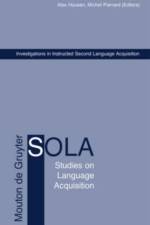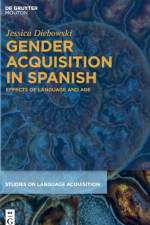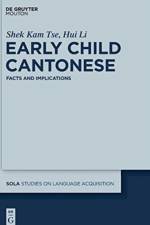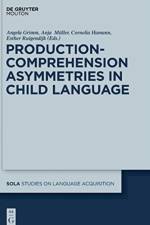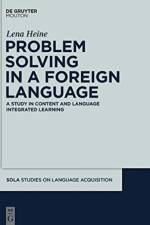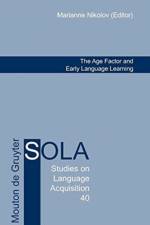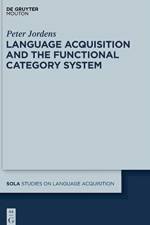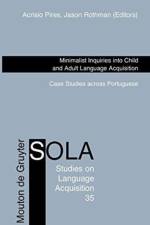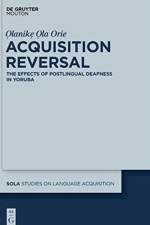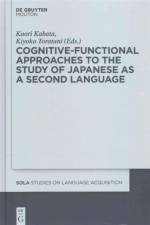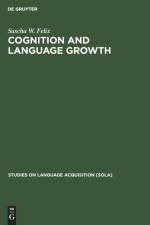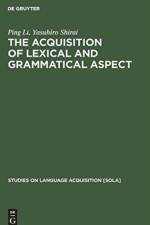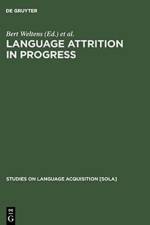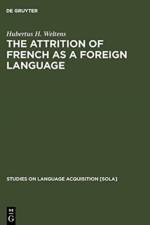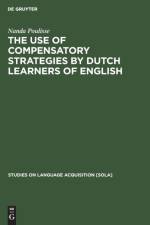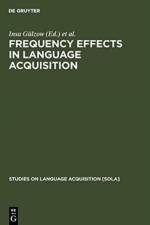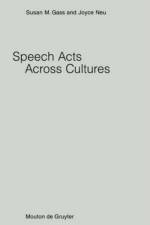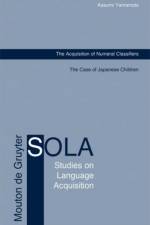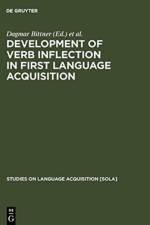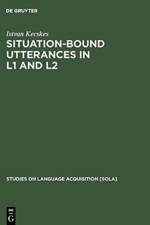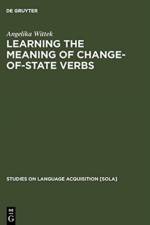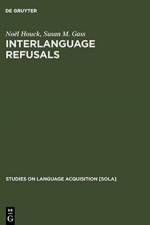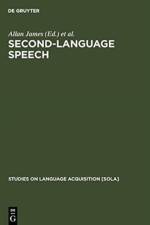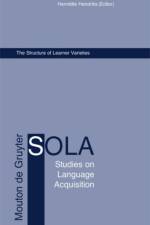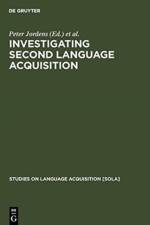2 837
Methods in current instructed second language acquisition research range from laboratory experiments to ethnography using non-obtrusive participant observation, from cross-sectional designs to longitudinal case studies. Many different types of data serve as the basis for analysis, including reaction times measurements, global test scores, paper and pencil measures, introspective comments, grammaticality judgements, as well as textual data (elicited or naturalistic, oral or written, relating to comprehension or production). Some studies rely on extensive quantification of data, while others may favour a more qualitative and hermeneutic analytic approach. Many of these issues and methods are exemplified by the contributions to this volume. Data-based studies included here deal with the acquisition of specific linguistic phenomena (e.g. verb and noun morphology, lexicon, clause structures) in a range of target languages (e.g. English, French, German, Russian) from a variety of settings involving different instructional approaches (e.g. traditional foreign language classes, immersion classes, intensive ESL classes, content and language integrated language classes). Collectively, the chapters in this book illustrate the productivity and diversity of current research on instructed second language acquisition. As such they serve as a valuable resource for researchers in SLA, psycholinguistics, linguistics, and language education.

